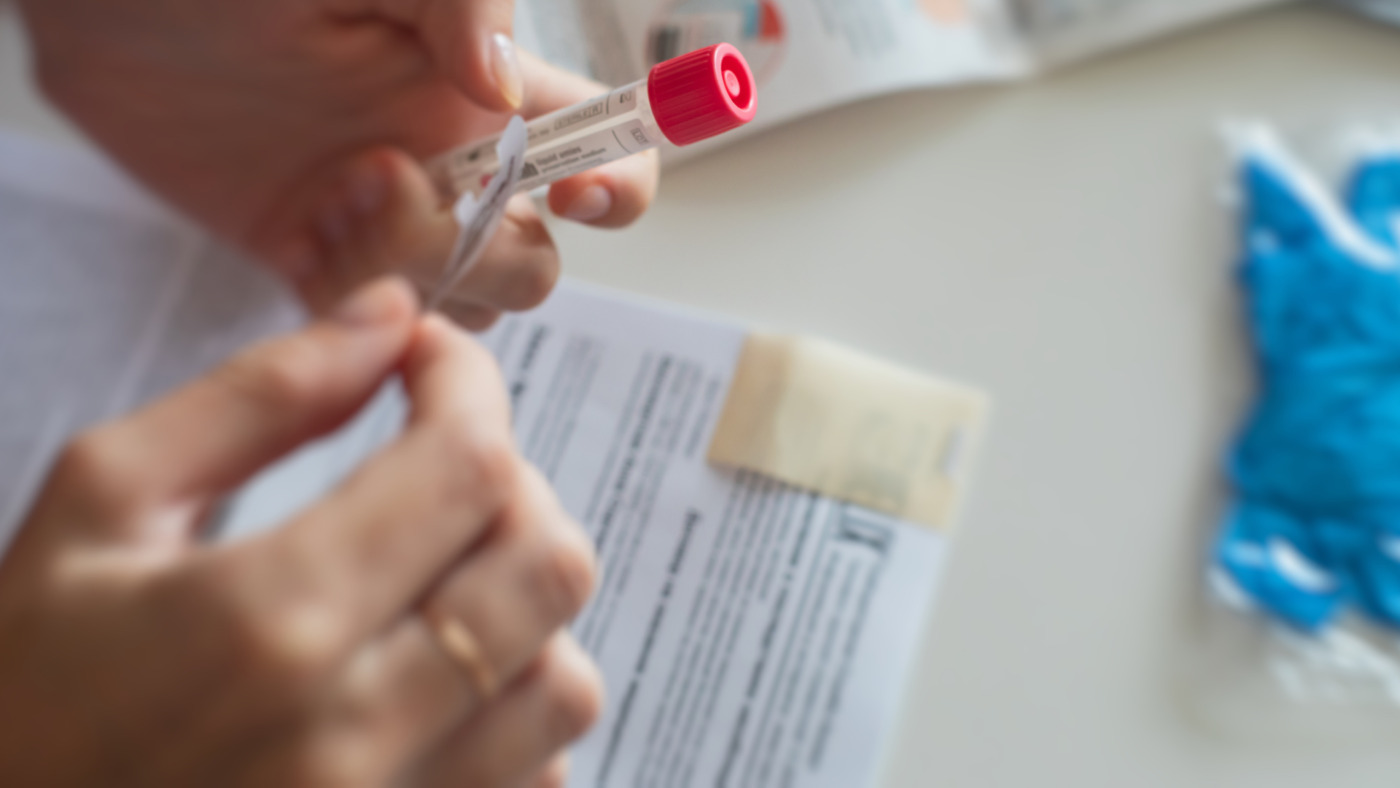
When we think about medical diagnostics, the core focus and priority, regardless of the amount of technology or expertise, lies in accurate medical data. Venous blood testing, one of the most effective methods for obtaining precise and reliable diagnostic results in clinical lab testing, exemplifies this principle.
Venous Blood Testing: The Gold Standard in Accurate Medical Diagnostics
Venous blood testing stands as a cornerstone of modern medicine, providing precise and reliable results in clinical lab testing. It involves drawing blood directly from a patient’s vein, typically using a needle, and is carried out by trained professionals known as phlebotomists in controlled environments to minimize the risk of contamination.
The Accuracy of Venous blood testing vs. Finger Prick Tests
Compared to finger prick tests, venous blood tests provide a larger and purer sample, significantly reducing errors and enabling a more comprehensive analysis. The volume and purity of the sample obtained through venous blood draws make them unparalleled in accuracy. This allows for a thorough analysis of various biomarkers, crucial for detecting a wide range of conditions, from diabetes to more complex diseases like cancer and heart disease.
Finger prick tests, while convenient and accessible, come with potential drawbacks. Contamination of the sample and the challenge of obtaining a sufficient amount of blood can lead to inaccurate results. Additionally, not all blood tests can be reliably performed using a finger prick sample, limiting their diagnostic scope.
Compared to finger prick tests, venous blood tests provide a larger sample, significantly reducing errors and enabling a more comprehensive analysis. The volume and different sample tube types obtained through venous blood draws make them unparalleled in accuracy and scope. This allows for a thorough analysis of a wider range of biomarkers, crucial for detecting a wide range of conditions, from diabetes to more complex diseases like cancer and heart disease.
Finger prick tests, while convenient and accessible, come with potential drawbacks. Contamination of the sample and the challenge of obtaining a sufficient amount of blood can lead to partial or inaccurate results and often repeat analysis is not possible. Additionally, not all blood tests can be reliably performed using a finger prick sample as larger sample volumes are required or specialized sample tube types need to be used, limiting their diagnostic scope.
While finger-prick tests offer undeniable convenience, their accuracy and scope often fall short compared to venous blood draws. The limited sample volume obtained from a finger prick restricts the range of tests that can be performed, excluding crucial assessments like prostate-specific antigen (PSA) and comprehensive metabolic panels. Furthermore, research indicates that improper finger-prick technique can lead to sample dilution and inaccurate results, sometimes by as much as 20-30%.
Venous blood draws, on the other hand, consistently deliver a larger and purer sample, allowing for a wider array of tests with greater accuracy. Collected by trained professionals following strict protocols, these samples minimize the risk of contamination and errors. This is particularly crucial for tests like therapeutic drug monitoring, where arteriovenous concentration differences can impact results. While finger-prick tests excel in convenience for routine monitoring, the comprehensive accuracy of venous draws establishes them as the gold standard for diagnostic testing, especially when precision and a wide range of analytes are required.
The higher accuracy and reliability of venous blood tests often outweigh the minor inconveniences of a clinic visit and needle insertion, particularly when diagnosing or monitoring health conditions where even slight variations in results can have significant implications.
Fingerstick Testing: Expanding Beyond Cholesterol and Glucose
While fingerstick testing has traditionally been used for cholesterol and glucose measurements, advancements in technology are expanding its applications. New CLIA-waived tests are emerging, allowing for the assessment of additional biomarkers at the point of care. These tests may include hemoglobin A1c (HbA1c) for long-term blood sugar control, vitamin D levels, and certain infectious disease markers. As technology continues to evolve, fingerstick testing could potentially offer a wider range of diagnostic capabilities, further enhancing its convenience and accessibility for both patients and healthcare providers.
Integrating Fingerstick and Venous Blood Draw in Workplace Wellness Programs
Both methods have their own advantages, they can be effectively combined in workplace wellness programs to maximize benefits. Fingerstick testing can be used for initial screenings and ongoing monitoring of key health indicators like cholesterol and glucose, providing immediate results and facilitating timely interventions. For employees identified as high-risk or those requiring a more comprehensive assessment, venous blood draws can be offered to delve deeper into their health status. This integrated approach leverages the strengths of both methods, ensuring both convenience and comprehensive health assessments for employees.
Technological Advancements in Venous Blood Testing
Recent advancements in technology have further enhanced the efficiency and accuracy of venous blood testing. Innovations such as automated systems for sample labeling and analysis reduce human error and expedite the testing process, streamlining laboratory operations.
The Impact of Venous Blood Tests
Venous blood tests play a pivotal role in life-changing medical interventions, from diagnosing rare metabolic disorders to enabling early cancer detection. Their accuracy and comprehensiveness have proven essential for monitoring chronic conditions like diabetes and cardiovascular disease, as well as in preventive health strategies and personalized medicine.
Looking ahead, the future of blood testing is filled with promise. Ongoing research focuses on further minimizing invasiveness and enhancing diagnostic capabilities. These advancements are expected to broaden the scope of diseases that can be detected early, ultimately improving patient outcomes and reducing healthcare costs.
GetLabTest.com: Expanding Access to Diagnostic Testing Through Venous Blood Draws
GetLabTest.com is aiming to improve access to healthcare through its approach to blood testing. The company uses technology to make diagnostic testing more convenient.
Through their online platform, patients can order various lab tests, schedule appointments, and even choose in-home blood draws. This eliminates traditional barriers like long wait times and inconvenient clinic locations.
Beyond providing test results, the platform utilizes AI algorithms to analyze medical data, offering insights into a patient's health. These insights, combined with consultations with physicians, empower individuals to make informed decisions about their health.
GetLabTest.com envisions a future with wider access to high-quality, convenient, and affordable diagnostic testing. By utilizing technology and focusing on patient empowerment, the company aims to contribute to a more personalized and accessible healthcare system.
Source:
Diagu LTD.
https://www.diagu.com
https://www.getlabtest.com
office@diagu.com
Disclaimer:
This press release, and the information contained herein, is being provided by Diagu Ltd. It is intended solely for informational purposes and should not be relied upon for making investment or trading decisions. KISS PR, its employees, and its affiliates are not medical advisors. Readers are strongly advised to perform their own due diligence and consult with their professional financial, legal and medical advisors before making any decisions. For media inquiries or further information, please contact the Source Diagu Ltd at office@diagu.com
Source: Story.KISSPR.com
Release ID: 1030399

